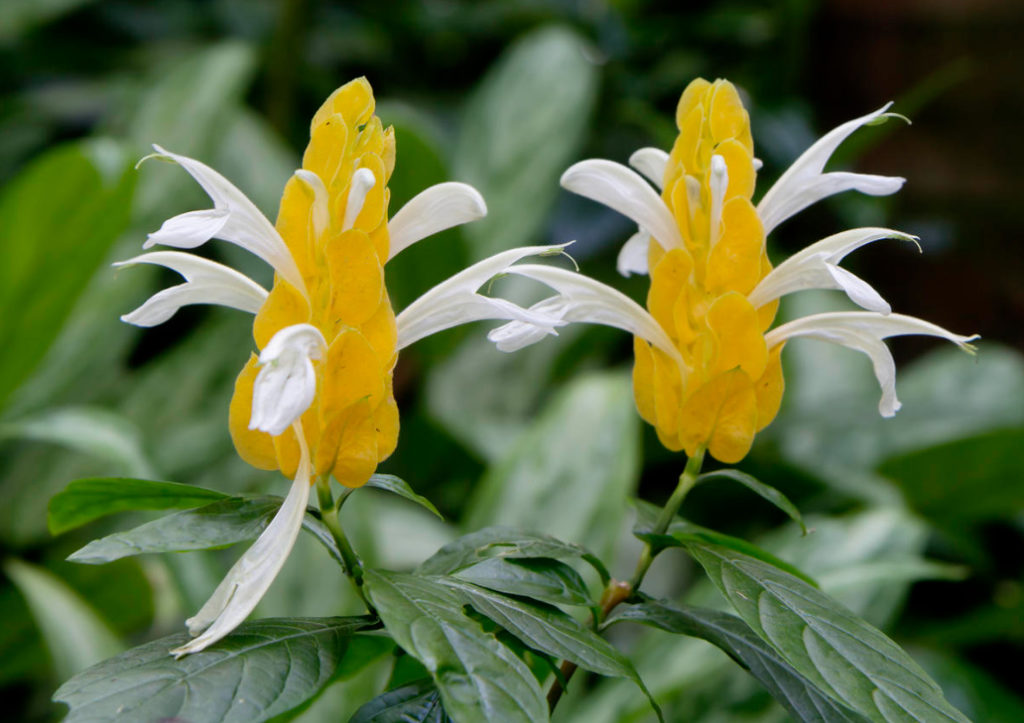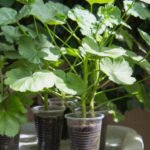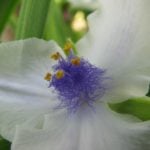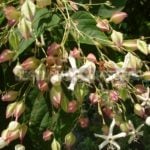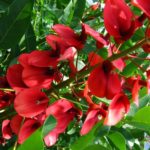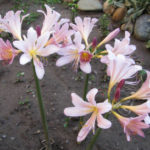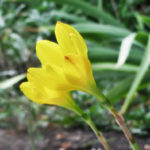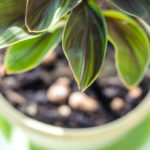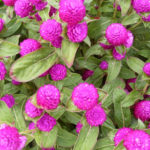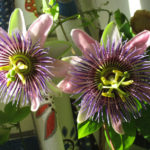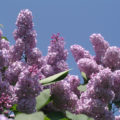One day I was given Pachystachys. The inflorescence-ear of this amazing plant resembles an elongated pointed candle about 10-12 cm high, from which white flowers up to 5 cm long look out modestly.
Portrait of a plant
Pachystachys is a representative of the Acanthaceae family. In nature, it grows among grasses and shrubs, so in order to win a place in the sun, it needs to grow quickly, and only after reaching a height of about 1 m, it begins to bush.
The shoots of Pachystachys are erect, eventually becoming woody in the lower part, and the leaves are dark green and elongated.
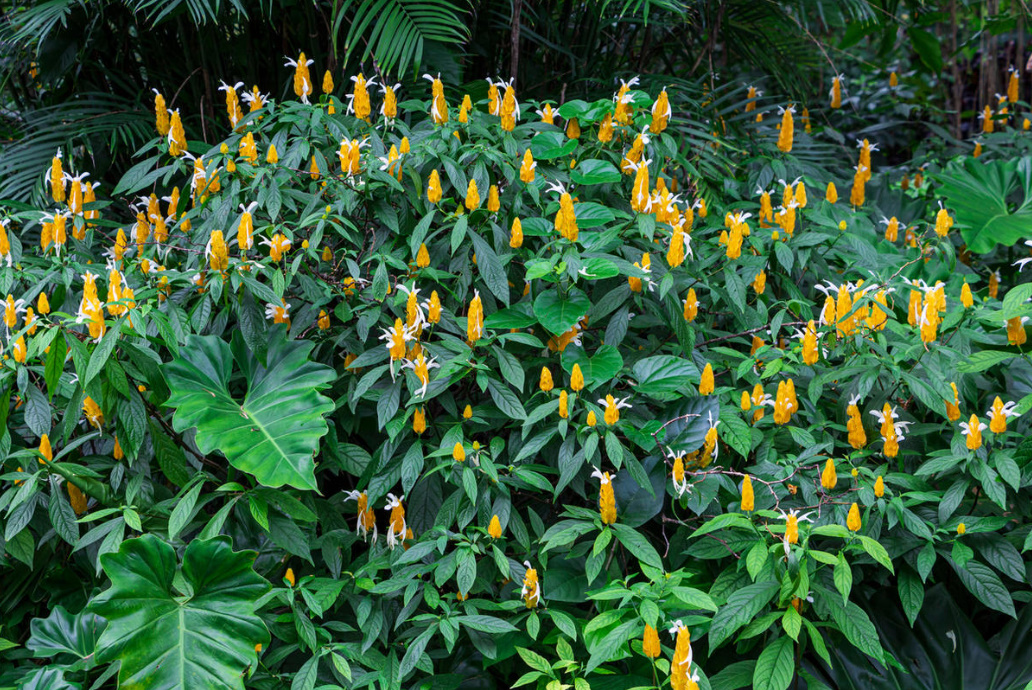
Here is about such a handsome man, only a little one, I brought to work. He pleased us and the university staff with his long flowering. However, from late spring to autumn, we admired only the yellow bracts, because the flowers of this plant fall off quickly. However, the whole decorative effect of Pachystachys consists precisely in this rare bright yellow color of the bracts.
Pachystachys Care
Taking care of Pachystachys is not that difficult. My colleagues and I put a pot with a flower in the brightest place, but we made sure that direct sunlight did not fall on it. And he does not like drafts — he sheds leaves.
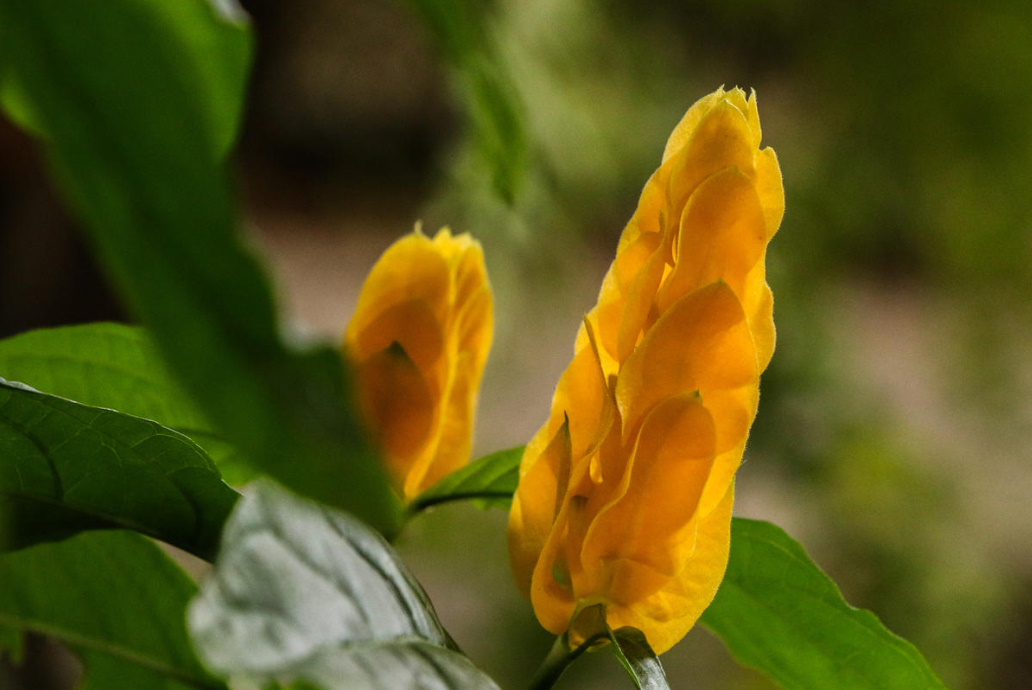
From spring to autumn, while the plant was actively growing, it was thoroughly watered. In winter, they continued to water moderately with warm water. Pachystachys prefers high humidity, so in the spring and summer period we also regularly sprayed it with filtered water. And next to the pot in which the flower grew, saucers with water were placed, since dry air can lead to the fact that the tips of the leaves will begin to dry up, and even to the suspension of growth.
We also fed the plant with a liquid complex flower fertilizer (1 time every ten days).
Since Pachystachys is a shrub, for the splendor of the form after flowering, it is desirable to pinch the tops of the shoots.
In the spring, before flowering, we transplanted Pachystachys into a larger pot. Before planting, the plant was pruned. A drainage of potsherds was filled in at the bottom of the pot, a soil mixture consisting of leafy earth, peat, humus and sand was poured on top.
I am sure that if you purchase Pachystachys, it will successfully compete with your other beautiful flowering plants. And healthy competition has not bothered anyone yet.
